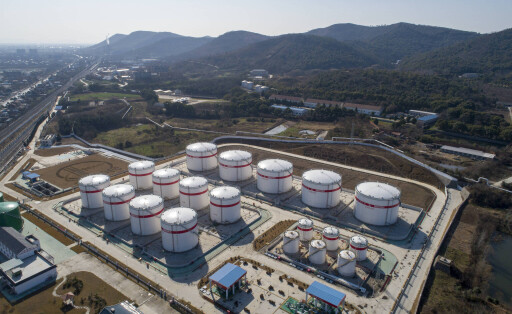


The Keqiang index, comprising the growth in railway freight, power consumption and bank loans, has been used widely as an alternative to China’s notoriously mistrusted GDP growth figure. More recently, many experts have argued that the index has not captured the transformation of China’s economy towards a more technology- and service-driven one, thereby gradually losing its meaningfulness. However, under the current circumstance of large-scale fiscal stimulus and the re-emerging issue of economic data reliability, the Keqiang index might see a revival as a powerful tool to decipher the real dynamics of the Chinese economy.
By Redaktion Table




After initial reluctance, China now buys more and more crude oil from Russia. Beijing thus offers itself to Moscow as an important alternative buyer – and benefits from hefty price discounts.
By Christiane Kuehl

The Chinese Uber rival Didi had a terrible year. Following pressure from Beijing, it has delisted from the US stock market. The company is now likely to be rewarded for this.
By Redaktion Table

The continuing Covid blockades in Chinese ports clearly illustrate Europe's dependence on Chinese photovoltaic modules. However, the industry expects the situation to improve before the end of the year.
By Manuel Berkel

